Just in time for Halloween: Michigan Tech Students Solve the Mystery of the Paulding Light
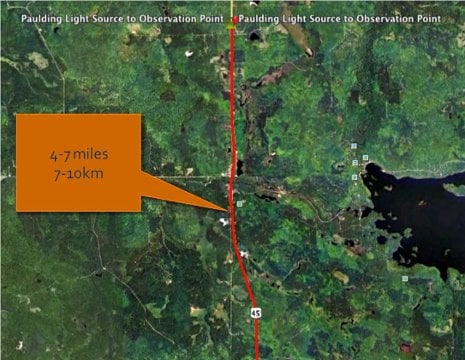
Cue the bats and spooky music. We are about to delve into one of Michigan’s most alluring mysteries. It’s so alluring, in fact, that it draws a steady stream of pilgrims of the paranormal to the dot-in-the-road town of Paulding all summer long, and into the winter too, just to hang out on the edge of the woods to watch and wait.
They come to catch a glimpse of the Paulding Light, and they are rarely disappointed. The light (or lights; sometimes they come in groups) appears in a valley near Robbins Pond Road. It was even featured this year on the SyFy television show “Fact or Faked: Paranormal Files.”
The lights are definitely not faked, says Jeremy Bos, a PhD candidate student in electrical engineering at Michigan Technological University. But neither are they ghostly lanterns of a railroad brakeman killed trying to stop an oncoming train, as one of the many legends goes.
Bos organized the investigation of the Paulding Light mystery, working with students in the University’s student chapter of SPIE, a professional society devoted to the study of optics and photonics. Last May, the group was looking for a project that would be both fun and educational. “I thought, ‘What about the Paulding Light?’” Bos said.
Everyone thought it was a great idea. The first step was a road trip out to the site to view the light, which appeared as anticipated. On their next trip, they brought a telescope. Again the light appeared, and through the scope, the students saw . . .
Caution: If you really, really want to believe the Paulding Light is the ghost of a murdered railroad engineer, you might want to quit reading right about now.
. . . headlights. On a car. Traveling down a highway.
That was all very well and good, and a non-scientist might simply conclude that the Paulding Light was no more mysterious than a 1998 pickup truck and call it a day. But the SPIE students wanted to do more. So they sought out the stretch of highway where the light originates.
That turned out to be relatively easy, since they were able to spot an Adopt-a-Highway sign in their scope and track it down via Google Maps.
Next, the group sent team member Bill Norkus out to that spot on US-45. He recorded when vehicles passed the spot they’d seen in the telescope. Meanwhile, other students stayed in Paulding, logging light appearances. Sure enough, every time the Paulding Light appeared, a car drove by the spot.
Then, they created the light themselves, when a SPIE member drove his vehicle along US-45. Its passage correlated exactly with Paulding Light appearances. “Bill put on his hazards, and we saw flashing yellow lights,” said Bos. The students will also use a spectrograph to characterize the light from both the headlights and the Paulding Light. Based on the evidence so far, they expect them to be identical.
As if that weren’t enough, the group is also conducting atmospheric modeling along US-45. Heat rising off the pavement may sometimes contribute to the light’s distortion, he says. On the flip side, an inversion layer in the line of sight between the road and the Paulding Light viewing spot may also create very stable air, which could account for the light’s visibility about four and a half miles from US-45.
But what about the impressive, multicolored lights that are sometimes reported? And why does the light seem to move around?
“I think that the occasional spectacular lights happen when a cop pulls someone over,” says Bos. He attributes the perceived movement to an optical illusion: without a frame of reference, objects often seem to drift about the horizon. In addition, that section of US-45 is on a hill; the lights rise, fall and stop as vehicles go up and down the hill; they change in intensity as drivers brighten and dim their headlights.
Finally, Bos notes that the first Paulding Light sightings were reported shortly after that particular stretch of highway was rerouted. Visitors to Robbins Pond Road, a popular make-out spot, started talking about the lights in the 1960s.
The students plan to present their work at an upcoming SPIE meeting. But no matter how airtight their explanations, Bos has discovered that some people prefer not to be confronted with the evidence.
“We’ve been told we haven’t seen the real Paulding Light. I’ve been out there 15 times, hours at a time, in the heat, the cold, and the rain. It’s always the same,” said Bos. “We were there Monday with a man who saw the headlights on our computer, and he refused to believe it.”
Bos gets a little irritated with people who should know better who repeat the Paulding Light is “unexplained.” “We’re not the first people who have come to this conclusion,” he notes. “A paranormal investigation team came here in the 1980s and showed it was headlights.”
Debunking the Paulding Light may not seem like the typical scholarly endeavor. However, the project has given the undergraduates a chance to try their hand at a variety of experimental and analytical techniques and report on their findings. Plus, it has provided them a sobering insight into human nature.
“No matter what, some people will believe what they want to believe,” Bos sighs.
The project advisors are Christopher Middlebrook and Michael Roggemann, faculty members in Michigan Tech's Department of Electrical and Computer Engineering. Undergraduates Doug Sims and Mike Mauer have also contributed to the investigation.
Michigan Technological University is an R1 public research university founded in 1885 in Houghton, and is home to nearly 7,500 students from more than 60 countries around the world. Consistently ranked among the best universities in the country for return on investment, Michigan's flagship technological university offers more than 185 undergraduate and graduate degree programs in science and technology, engineering, computing, forestry, business, health professions, humanities, mathematics, social sciences, and the arts. The rural campus is situated just miles from Lake Superior in Michigan's Upper Peninsula, offering year-round opportunities for outdoor adventure.
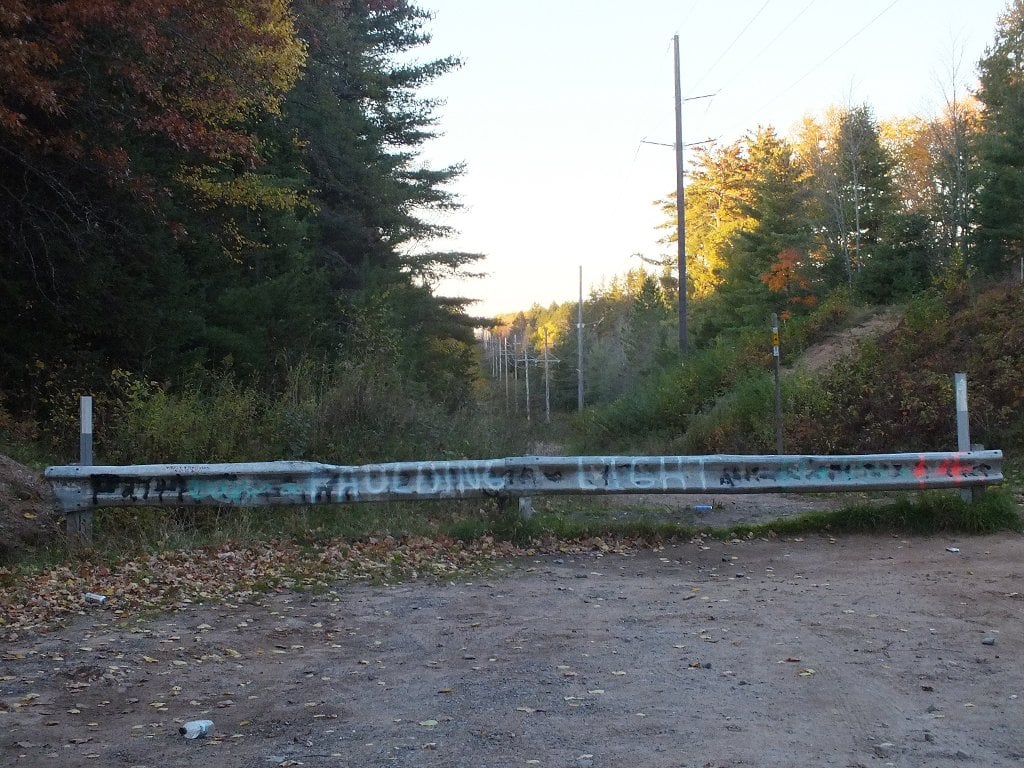
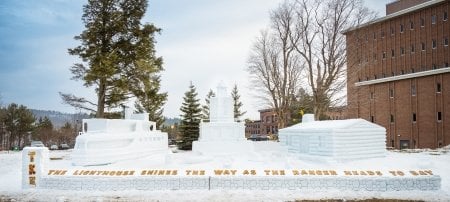
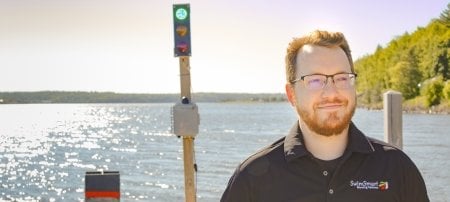
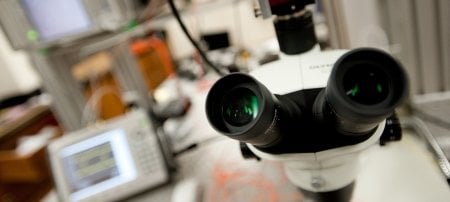
Comments